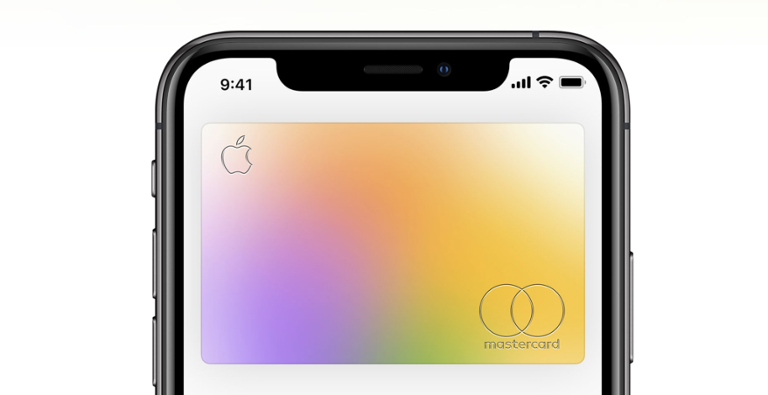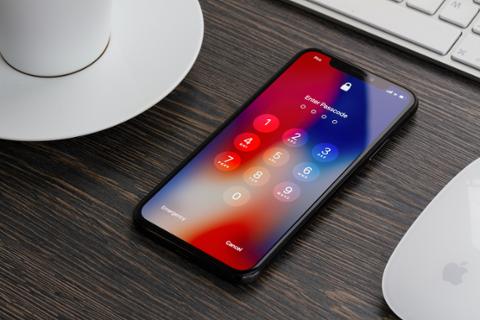Many tech professionals want to develop for Apple’s iOS ecosystem, and it’s easy to see why. With billions of units sold over the past 15 years, iOS has a massive customer base—whether you’re interested in building games or business apps, there’s a potential market for you.
But what’s the best way to get iOS developer training? There are lots of online learning courses with guided instruction, including Udemy and Coursera. But as we’ll break down below, there are also lots of self-directed training opportunities, often using free resources available via Apple’s website. Let’s dig in.
Learn Apple’s Key Programming Languages
Anyone who wants to build iOS apps needs to master two programming languages: Swift and Objective-C. The latter has been around for decades, while Swift is almost 10 years old (it debuted in 2014). Swift has continually added features and tweaks that make it a more powerful language for iOS development, and, over the next several years, it’s likely that an ever-larger percentage of apps will be built in it.
It’s important for all iOS developers to know their way around Objective-C. A staggering number of apps were built in Objective-C; even if you don’t use the language to build new apps, companies everywhere need developers who can maintain, tweak, and eventually port Objective-C code.
Apple’s developer website has a (retired) hub that breaks down Objective-C coding; websites such as Tutorialspoint, Medium and many more also dig into the language’s particulars. For learning Swift, start at Swift.org, which offers a dizzying array of documentation, sample code, and access to forums; Apple’s developer website also has a Swift features breakdown.
If you’re totally new to coding, you should also explore Swift Playgrounds, which gamifies Swift instruction. It’s fun, and it walks you through coding fundamentals.
Learn Apple’s Key Development Tools
Like many large tech companies, Apple offers a comprehensive suite of training documentation. On Apple’s developer website, for example, you can find iOS App Dev Tutorials that cover the following topics:
- SwiftUI: A declarative framework for multiplatform apps, useful for layout and behavior.
- UIKit: A declarative framework for building apps for iOS.
- Xcode: Apple’s IDE for macOS, iOS, iPadOS, watchOS, and tvOS development.
These tutorials cover the minutiae of building apps, including passing data, persistence and concurrency, system frameworks, and much more. The developer website also includes access to developer forums and sample code for your self-learning pleasure, as well as videos if you’re more of a visual learner.
Apple co-founder Steve Jobs was a big fan of a quote from Wayne Gretzky, the famous hockey player: “I skate to where the puck is going to be, not where it has been.” Jobs believed that companies needed to anticipate their industry’s evolution and their customers’ future desires. Any iOS developer who wants to succeed in the marketplace needs to embrace that idea: it’s not just about the apps you’re building today, but what you might need to build and maintain a few years down the road.
To that end, it’s probably important to learn as much as possible about ARKit and RealityKit, as well as Apple’s Reality Composer and Reality Converter tools. For years, rumors have suggested that Apple’s “next big thing” will be a virtual reality (VR) headset capable of running third-party apps; depending on how the technology evolves over the next decade, it could also roll out a pair of augmented reality (AR) glasses, which would layer digital imagery over the user’s real-world view.
Learning Apple’s VR and AR tools now could effectively prepare you to take advantage of the company’s evolving software ecosystem. There’s also every possibility that apps for future hardware platforms will continue to rely on current iOS tooling.
Learn How the Apple App Store Works
Anyone who builds iOS apps knows that the process of submitting to the App Store can quickly turn into a complicated, sometimes frustrating endeavor. A significant percentage of apps are rejected on their first submission, and Apple’s reasons for doing so are sometimes unclear. Improving your success rate with the App Store is often a matter of simple practice; once you’ve spent a few years building and updating apps, you’ll have a better sense of what Apple requires when it comes to data privacy, bugs, and more.
If you’re unfamiliar with Apple’s App Store guidelines, you can find a good breakdown on their website. It actually has some helpful tips about submitting, including updating all metadata and enabling backend services.
Practice Makes Perfect
Just like any other tech role, it can take quite a bit of time to become a fully actualized iOS developer. Junior developers will take time learning code, squishing bugs, and figuring out the nuances of the iOS ecosystem; experienced developers may end up running teams devoted to building out iOS apps. Whatever your journey, making sure your skills are up-to-date and your resume and portfolio are polished are key to unlocking new opportunities.



